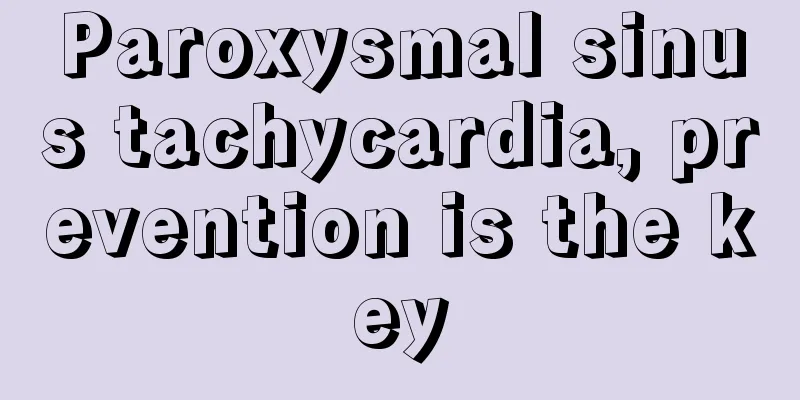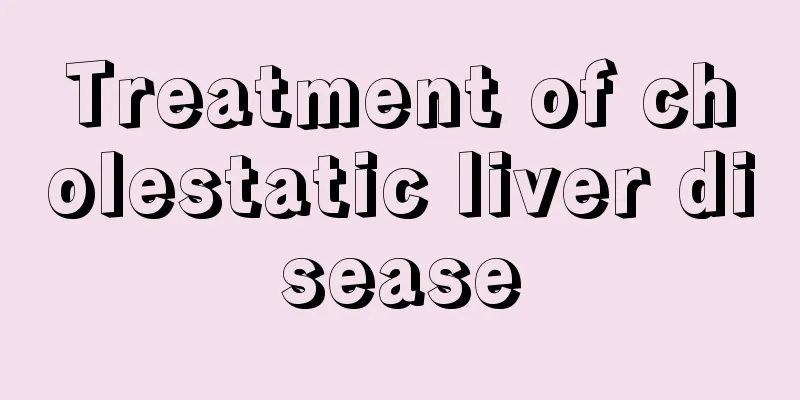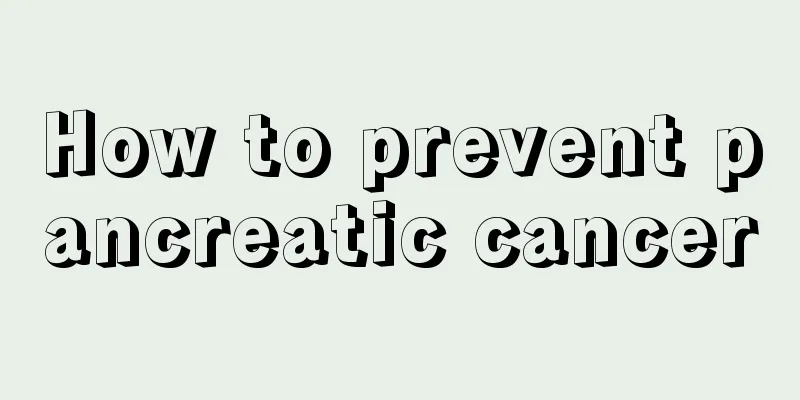Paroxysmal sinus tachycardia, prevention is the key

|
Paroxysmal sinus tachycardia is a non-sustained disease that occurs mostly in the elderly, and is more common in men than in women. Once the disease strikes, it is rather sudden and without any warning signs. Patients often experience symptoms such as palpitations, shortness of breath, dizziness, and chest tightness. 1. Causes It mostly occurs in elderly patients with organic heart disease. It is common in patients with sick sinus syndrome and coronary heart disease, and can also be seen in cardiomyopathy, rheumatic heart disease, hypertensive heart disease, congenital heart disease, cor pulmonale, etc. Single or double sinoatrial node reentry also often occurs in the above diseases. 2. Clinical manifestations This disease can occur at any age, but is most common between 40 and 60 years old. It is common in the elderly, with more cases in men, accounting for about 60%. Tachycardia attacks are paroxysmal, that is, they occur suddenly and end suddenly. The duration of each attack varies, from a few seconds to a few hours. During an attack, the heart rate is 100-200 beats/min, most of which are 100-130 beats/min, with an average of 130 beats/min. The symptoms during an attack depend on the heart rate, duration and underlying heart disease, and are mostly accompanied by palpitations, shortness of breath, chest tightness and dizziness. Only a few may be accompanied by hemodynamic disorders. Tachycardia is often induced by emotional excitement, tension, exercise, etc., and in some cases there is no obvious cause. The frequency of attacks may increase year by year, and the duration of attacks tends to gradually prolong with the course of the disease. 3. Prevention 1. During chronic treatment, drug therapy may control relapses by directly acting on the reentry circuit. Indications for drug treatment include patients whose attacks are frequent, affect their normal life or whose symptoms are severe but who are unwilling or unable to undergo catheter radiofrequency ablation. Patients with occasional, brief, or mild tachycardia episodes may not need medication, or may be given medication when necessary. 2. Avoid mental stress and excessive fatigue, maintain a regular life, daily routine, be optimistic and have a stable mood, which can reduce the recurrence of the disease. 3. Avoid spicy and irritating foods; quit smoking, drinking and drinking coffee; eat light food. |
<<: What is going on when the fingernails and flesh separate?
>>: How to treat supraventricular tachycardia, four methods can help you
Recommend
Is there any way to treat pancreatic tumors?
Pancreatic tumors are clinically divided into two...
Are there any limits to extreme anal dilation?
In today's society where the pace of life is ...
What are the physical examination items for testicular cancer
Testicular cancer is a disease that occurs in the...
What are the complications of gastric cancer
In recent years, gastric cancer has become one of...
What happened to losing an eye? Four major causes of insomnia
Insomnia is a common physiological condition. The...
How long can I live if I have advanced esophageal cancer and I can no longer eat or drink?
The survival time of patients with advanced esoph...
What are the sequelae of high fever convulsions
If a child has a high fever and convulsions, pare...
What to do if your feet are swollen
Swollen feet is a common symptom in life. There a...
How to store cooked crabs
Crab is a kind of seafood that many people like. ...
Possible causes of dull pain in the right lower abdomen
Abdominal pain has always been a problem encounte...
Do you usually wear underwear with a swimsuit?
Girls are still confused when swimming, not knowi...
Will nasopharyngeal carcinoma recur after radiotherapy? How to treat nasopharyngeal carcinoma
Will nasopharyngeal carcinoma recur after radioth...
Is it good to soak wolfberry in wine for external use
Many people use wolfberry to soak in wine. Many p...
Be careful that frequent miscarriages may cause cervical cancer
The incidence of cervical cancer has increased si...
What is the reason for coughing in the morning
Coughing is very common. There are good ways to i...









